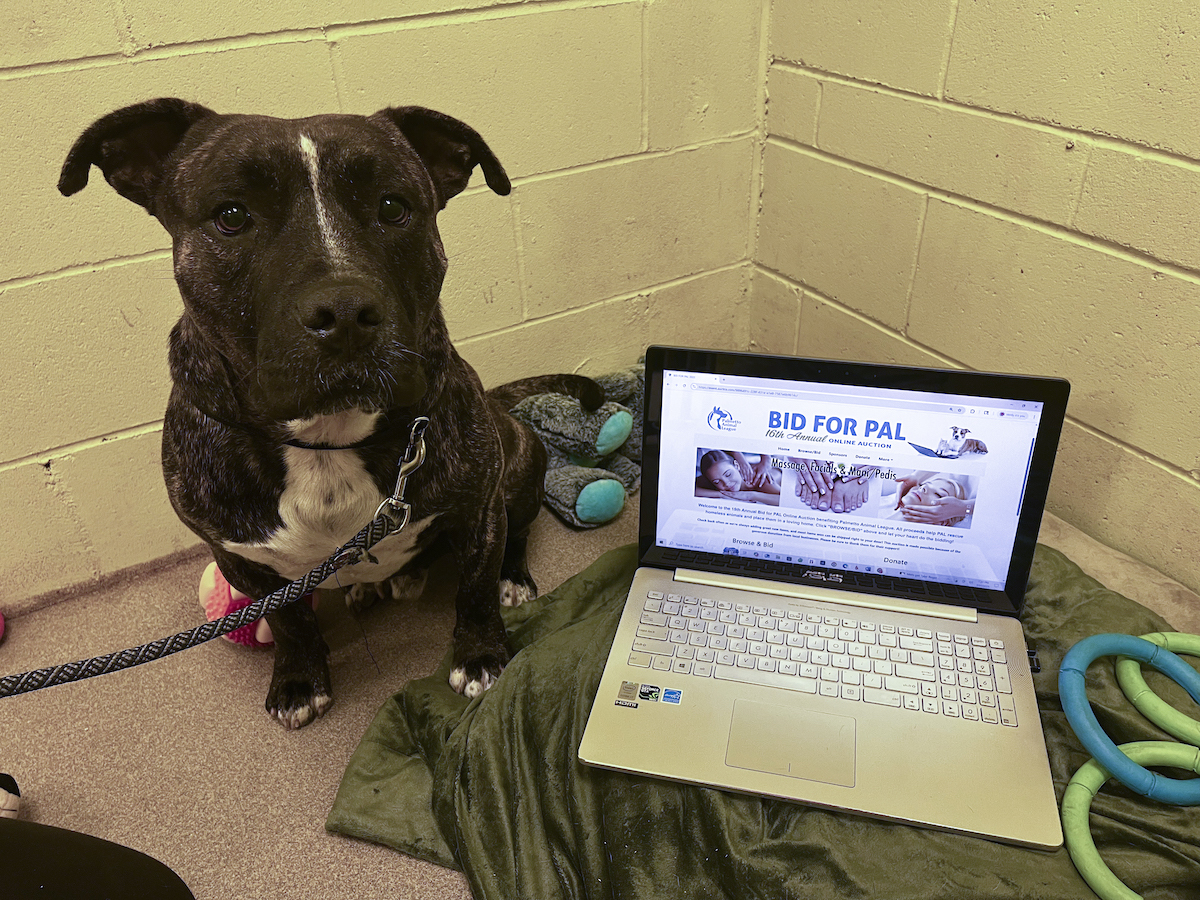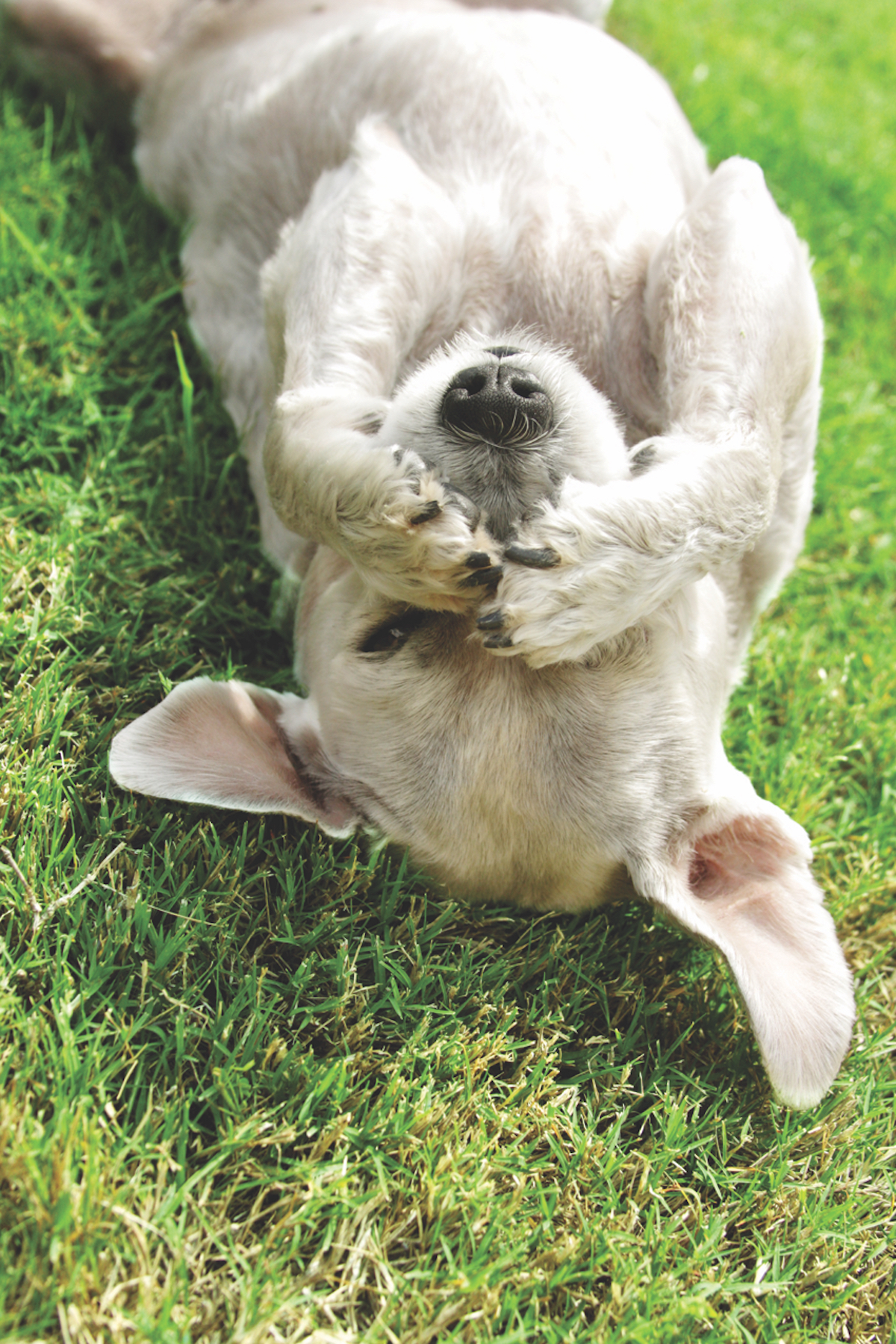By Tracie Korol
The more I think I know about dog allergies, the more I read and learn, the more experts I consult, the more confused I get. Nothing I try therapeutically works with all my clients: some get better with minimal effort; other finally respond to the third or fourth protocol; and some become an on-going project using allopathic and holistic methods in tandem.
While the dog scratches on, it feels like the three of us—the dog, the dog’s human and I—are stuck in a maze, stumbling about until someone finds the pathway out. While there are general rules that can lead us out of most mazes, each allergic dog has its own unique set of concerns and the pathway is likely to be different for each pet.
With dogs, allergies manifest as a variety of symptoms. The most common occur as skin irritations—itching, scratching, digging, and gnawing, often to the point of creating large raw wounds over large parts of the body. Chronic ear infections are another symptom. Occasionally, dogs will have respiratory symptoms like couching, sneezing or nasal or ocular discharge. Food allergies may produce, in addition to skin crummies, vomiting and/or diarrhea. Holistically speaking, I believe these allergic symptoms can ultimately result in chronic dis-eases such as arthritis, asthma, urinary tract infections and inflammatory bowel disease.
Allergies are the result of an immune system that has, for one reason or another, turned against itself. Sometimes the result is instantaneous, as when a dog receives a food that contains something to which the dog is allergic and he immediately breaks out with rashy, itchy skin. Baldrick, a mostly white, beagle-y sort of dog, suffered chronic red, hot, itchy skin. One summer, while Baldrick was with me in kennel for an extended time, I tried (with permission, of course) to do something about Baldrick’s misery, changing his food to that which had no additives and specifically, no corn. By the time Baldrick’s folks returned, his skin was pink, instead of red and his itching had subsided. Hurray! When I checked back later his mom reported that at a family picnic, a relative had given Baldrick an ear of corn to worry. Within an hour, she said, he was scratching maniacally, skin hot and red. But this was an easy way out of the maze.
Conventional medicine’s protocol is to confront a disease with bio-chemical methods (think war metaphors) and stop the symptoms so the patient looks well on the surface. The most common therapy is to use either a corticosteroid or an antihistamine frequently backed up with an antibiotic. Recently, another weapon has been added to the arsenal.
Originally designed to eliminate organ rejection during transplantation, it simply shuts down a body’s immune system. It will also shut down a dog-body reaction to an allergy. However, the side effects of all these drugs are hard core (ask for and then read the patients’ advisory that comes with every drug). They work for the time the dog is taking the medicine. Once off the meds, the symptoms return. It can become a never-ending circle of medication and sickness.
The alternative and complementary approach to treatment recognizes the deeper constitutional state and restores order and balance to the whole animal. Holistic practitioners work from a principle of Do No Harm, first of all. A dogs’ condition must not be made worse in the long run simply to alleviate symptoms. Drugs that can cause more discomfort are not part of the deal.
The goal is to identify and eliminate the causes and obstacles to cure. First, and most obvious, is to rule out skin parasites, or “guests” as I like to call them. Next, we look at an animal’s environment; what also inhabits an itchy dog’s world? Is he assaulted daily by pollens, plastics, cleaners, pesticides, herbicides and cigarette smoke? And then, we use the curative power of nature. By eliminating causes and supporting organ and immune function with good diet, detoxification and supplements, the body will heal itself. Really.





